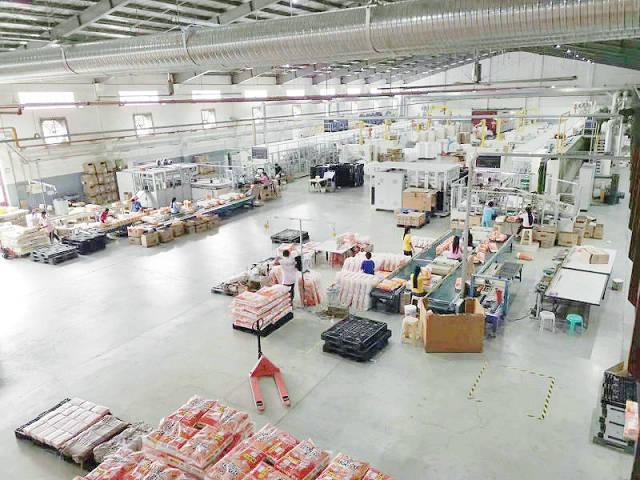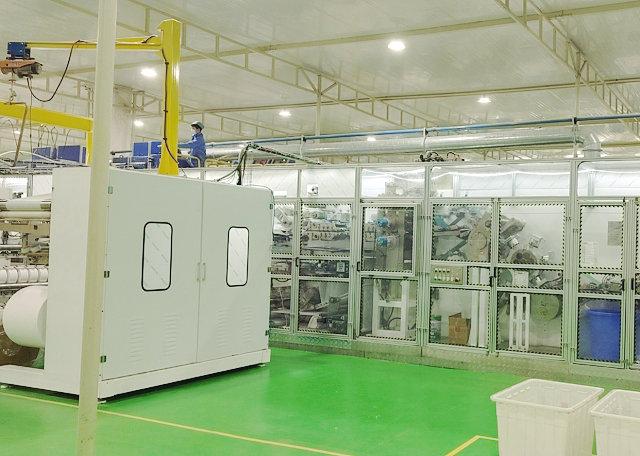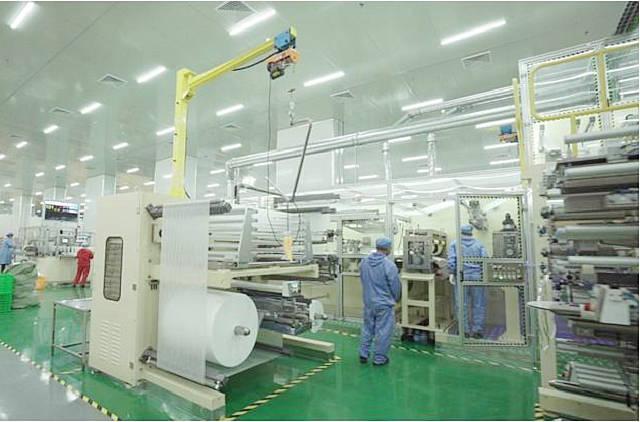Author:Haina Machinery Factory FROM:Diaper Machinery Manufacturer TIME:2023-09-16
Introduction:
The maintenance and care for mini sanitary pad making machine is crucial for ensuring the efficient and smooth operation of the equipment. Proper maintenance not only extends the lifespan of the machine but also guarantees the quality and hygiene of the sanitary pads produced. This article aims to provide a comprehensive guide on the maintenance and care practices for mini sanitary pad making machines.

Regular cleaning is an essential step in maintaining a mini sanitary pad making machine. It helps prevent the buildup of dirt, dust, and residue that may affect the machine's performance. Begin by unplugging the machine and removing any leftover materials from the production process. Use a soft brush or cloth to gently clean the external surfaces, ensuring there are no particles left behind. For internal cleaning, follow the manufacturer's instructions to dismantle and access the different components. Clean each part thoroughly with mild soap and water, ensuring no debris remains. Allow all parts to dry completely before reassembling the machine.

Lubrication is crucial for maintaining the smooth functioning of a mini sanitary pad making machine. Regularly lubricate the moving parts, such as gears, chains, and bearings, as per the manufacturer's recommendations. Ensure that you use the appropriate lubricant specified for each component. Over-lubrication should be avoided, as excessive lubricant can attract dirt and cause the parts to malfunction. Regularly check the lubrication levels and replenish when necessary. This practice helps reduce friction, wear, and tear, ultimately extending the machine's lifespan.

Regular inspection is vital to identify any potential issues with the mini sanitary pad making machine. Conduct a thorough examination of all components, including belts, motors, sensors, and electrical connections. Look for signs of wear, loose connections, or damage that may affect the machine's performance. If any problems are detected, troubleshoot them immediately according to the manufacturer's guidelines. It is crucial to address issues promptly to prevent further damage and avoid production delays. Additionally, consider implementing a routine maintenance schedule and keep a record of all inspections and repairs conducted.
Conclusion:
The maintenance and care of a mini sanitary pad making machine are essential for its longevity and efficient operation. Regular cleaning, proper lubrication, and routine inspections are crucial practices to ensure the machine's optimal performance. By following these guidelines and adhering to the manufacturer's instructions, you can maintain the quality, productivity, and hygiene of the sanitary pads produced, ultimately benefiting both the business and the end-users.
